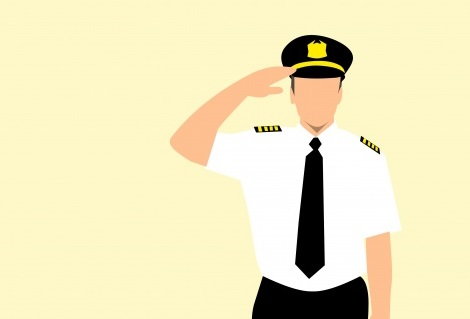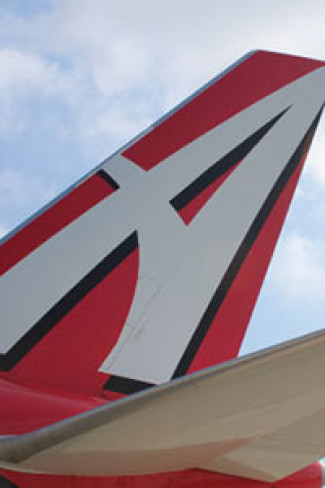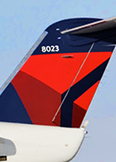How to Go from Co-Pilot to Captain

Rookie pilots are given this position as a way to get accustomed to the new occupation before taking the reigns as the person in charge.
But are there any real differences between being a captain an co-pilot besides tenure? And how do you make the transition?
Differences Between Being a Captain and Co-Pilot
In addition to flying an airplane, captains take on numerous challenges that require quick, accurate decision-making based on logic rather than emotion.
Both captains and co-pilots require the same skillset, but ultimately the buck stops with the captain. The captain is the senior rank, and the co-pilot must take their orders along with the rest of the crew.
The issue of having a decisive person with years of experience is most important during a dire situation. These unexpected scenarios can happen with engine failures, mechanical problems, or even a bird strike.
Pilots also handle issues with passengers, such as:
- Calming passengers in case of mass hysteria
- Addressing medical emergencies and changing flight plan accordingly
- Handling aggressive passengers and identifying when they should be removed from a flight
It takes a steady, experienced hand to take control of these situations. And through experience, co-pilots that acquire first-hand experience are better prepared to handle a similar scenario once they become a captain themselves.
Nevertheless, even with this valuable experience co-pilots taking on the captain role are required to take on additional training. And the airlines have a plan for that.
How Airliners Prepare Co-Pilots for Captain Position
When co-pilots feel they are ready to become a captain, they enroll in what’s known as an upgrade training program. Although these courses vary in duration, the main concepts are typically the same across the board.
Co-pilots must attend ground school courses, simulator training, and supervised flights, among other activities. Subjects covered during the training include:
- Team-building techniques
- Conflict resolution standards
- Leadership training
- Solving difficult real-world problems
Keep in mind, there are so many possible scenarios a captain may run into that it is more efficient to address the most common situations during these courses.
In addition to the training, captains get to see their airliner’s operations centers. This provides a better picture of what it takes to keep flights going around the clock, which makes it a bit easier for pilots to predict how one flight affects another.
Once captains have experienced the privilege of flying on their own for a few months, they are called in to review what they’ve learned and to compare it to what was covered in training. This assists captains with consolidating the information they learned and helps airliners improve future training courses.
-

Piedmont Airlines 10/16/2024
-

ABX Air 10/11/2024
-

Allegiant Air 09/25/2024
-

Premier Private Jets 09/25/2024
-

Endeavor Air 09/25/2024
 AIRLINE PILOT CENTRAL
AIRLINE PILOT CENTRAL